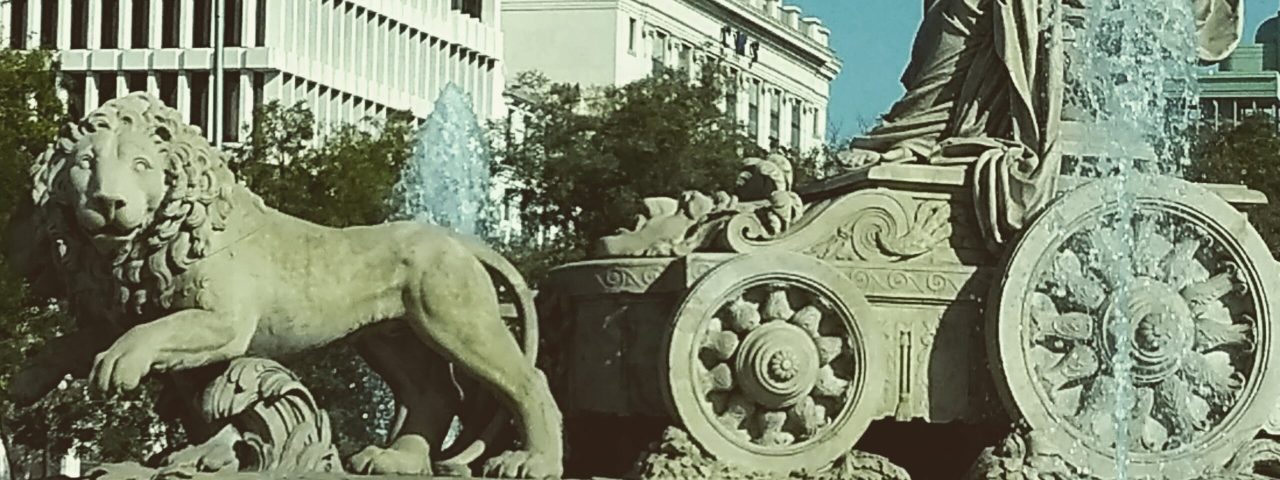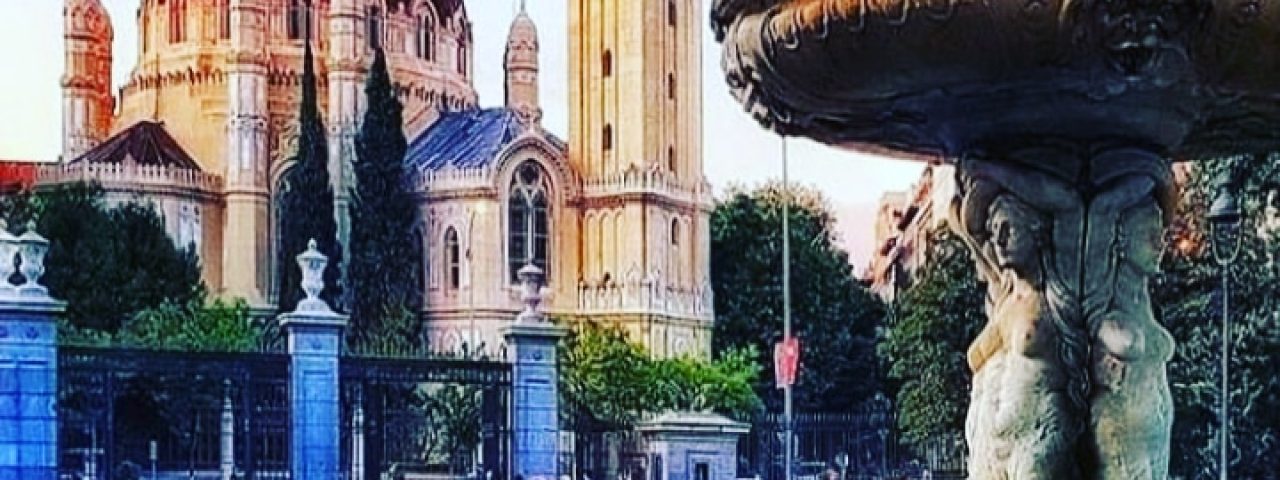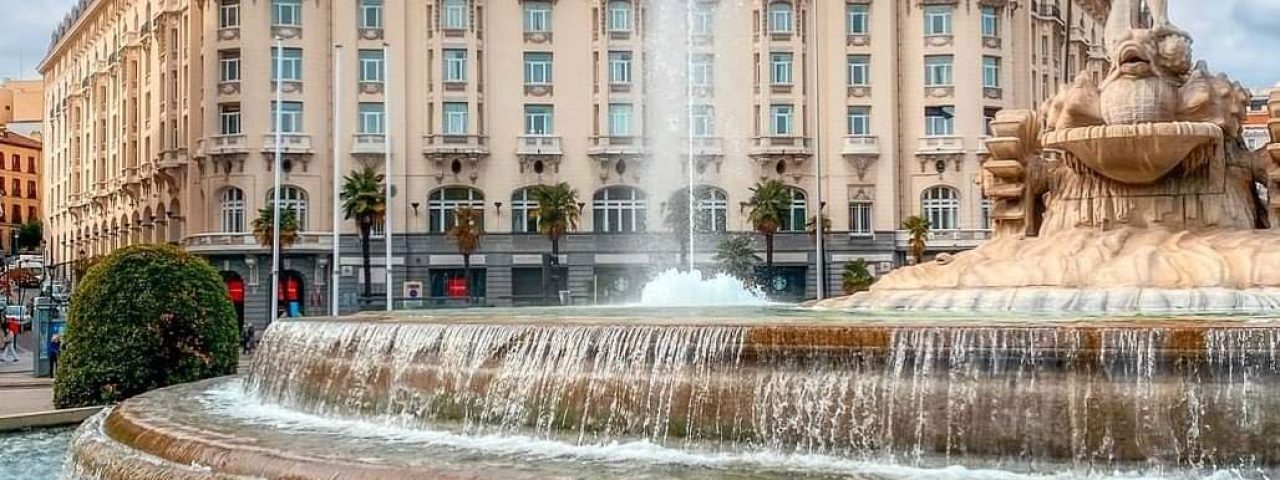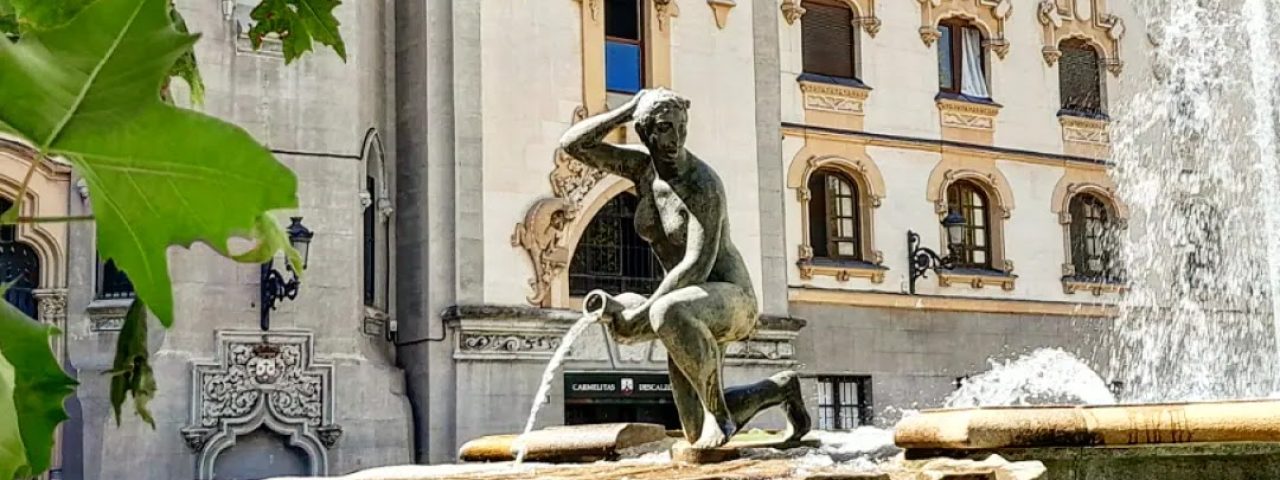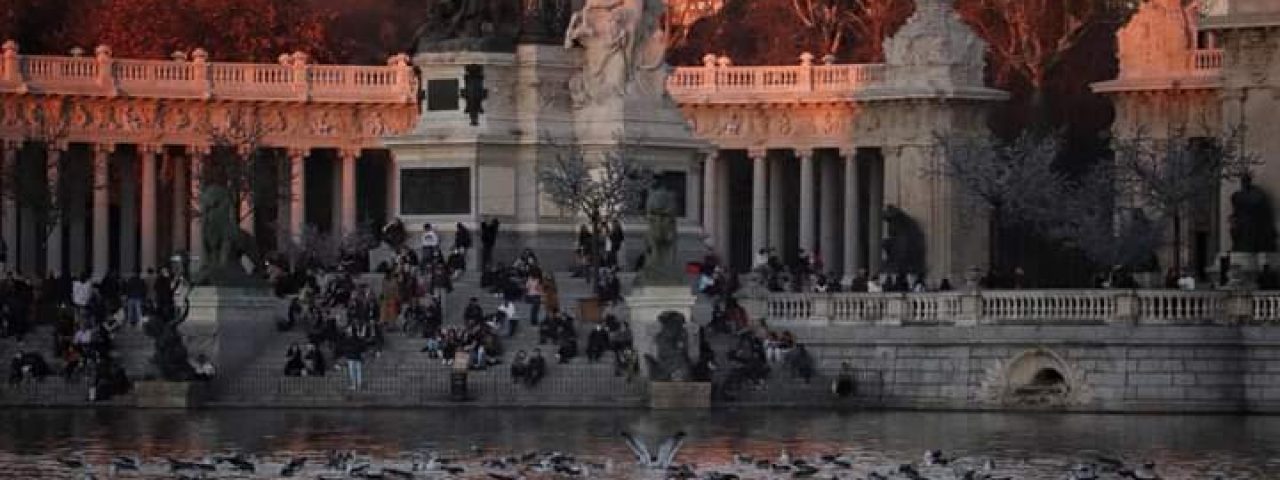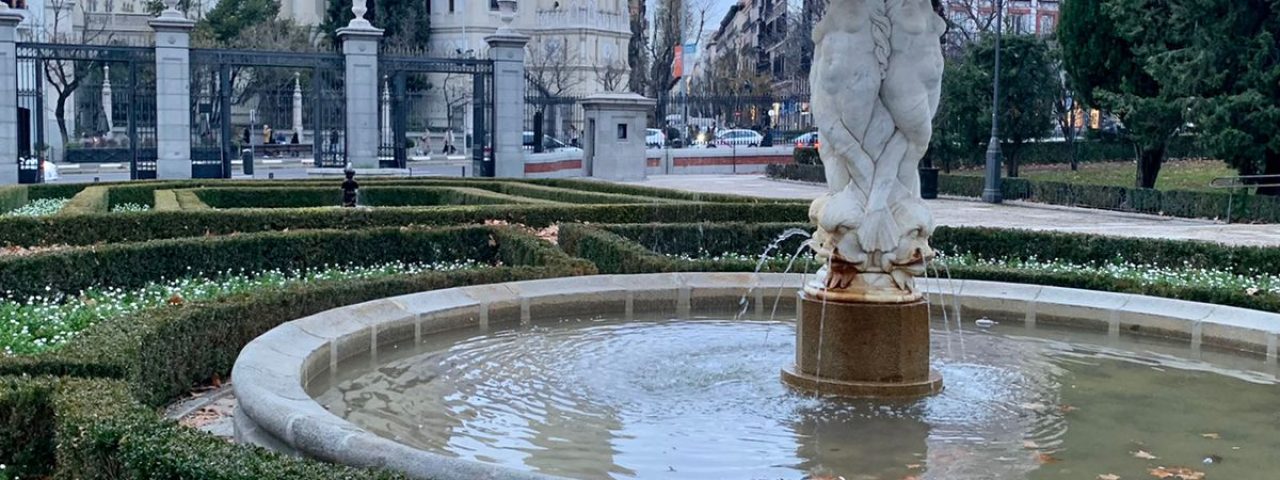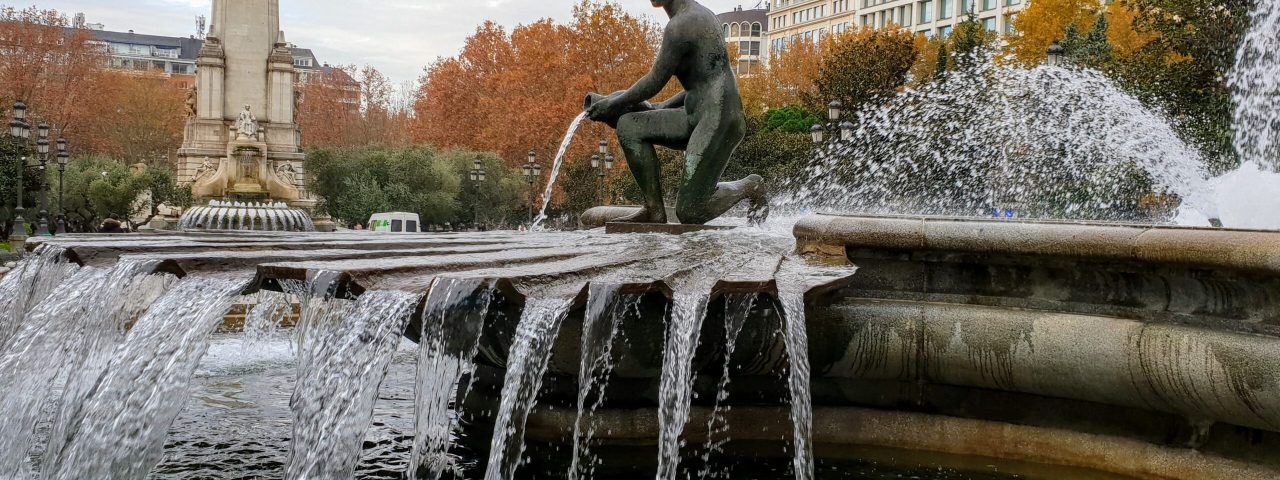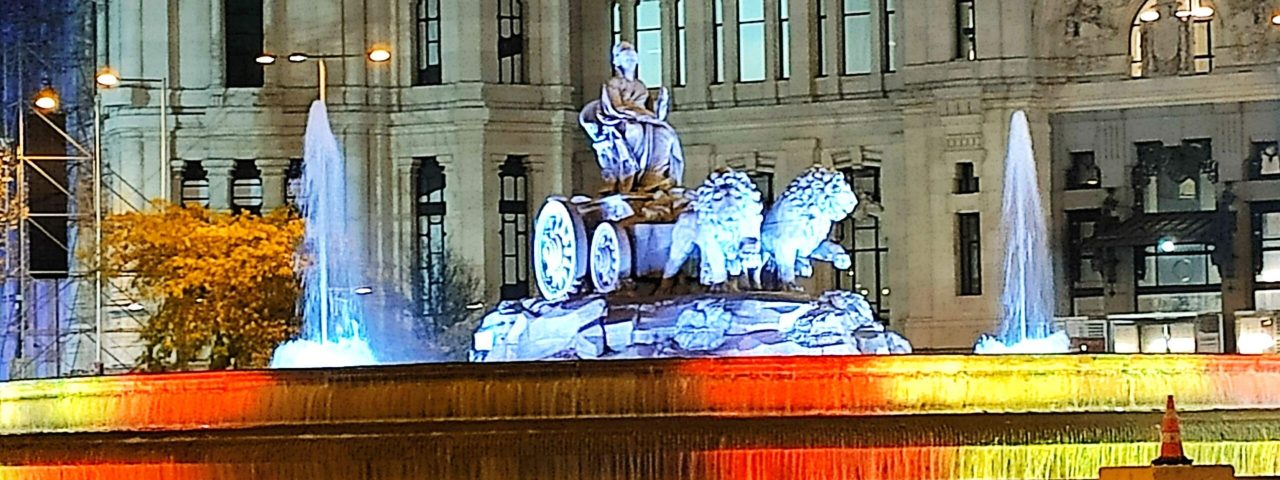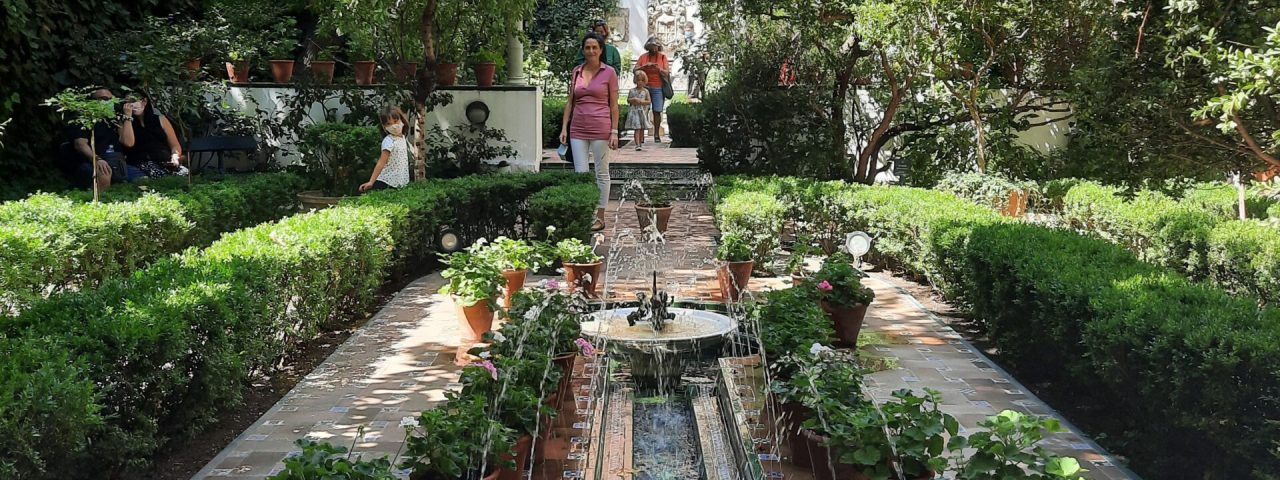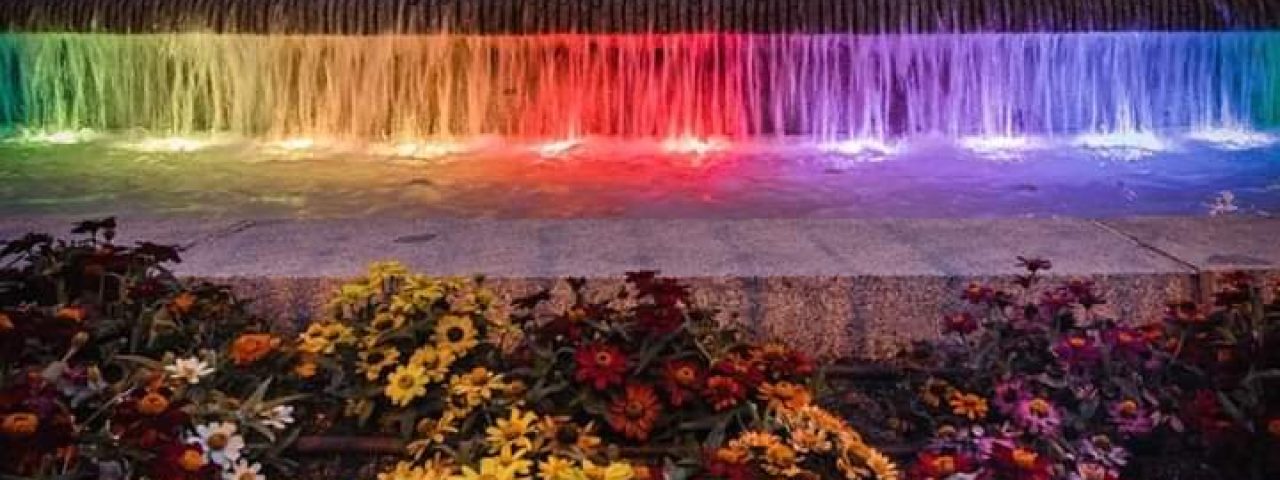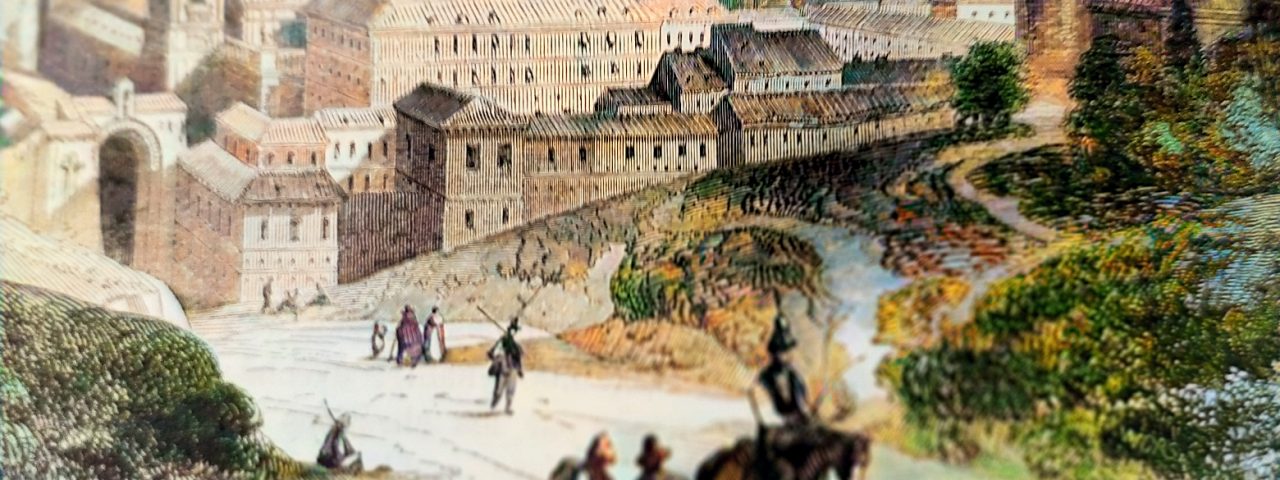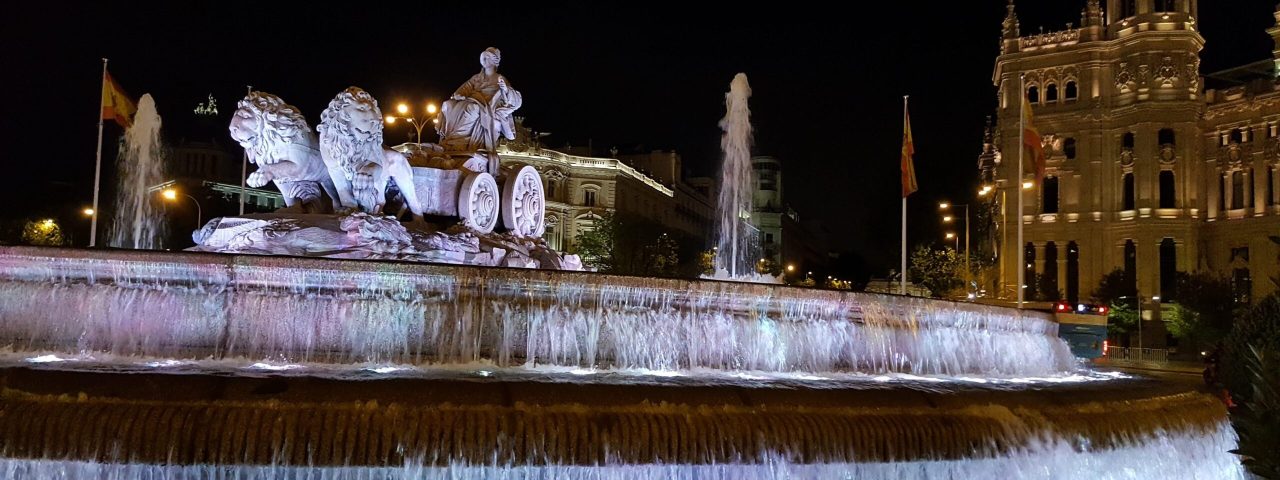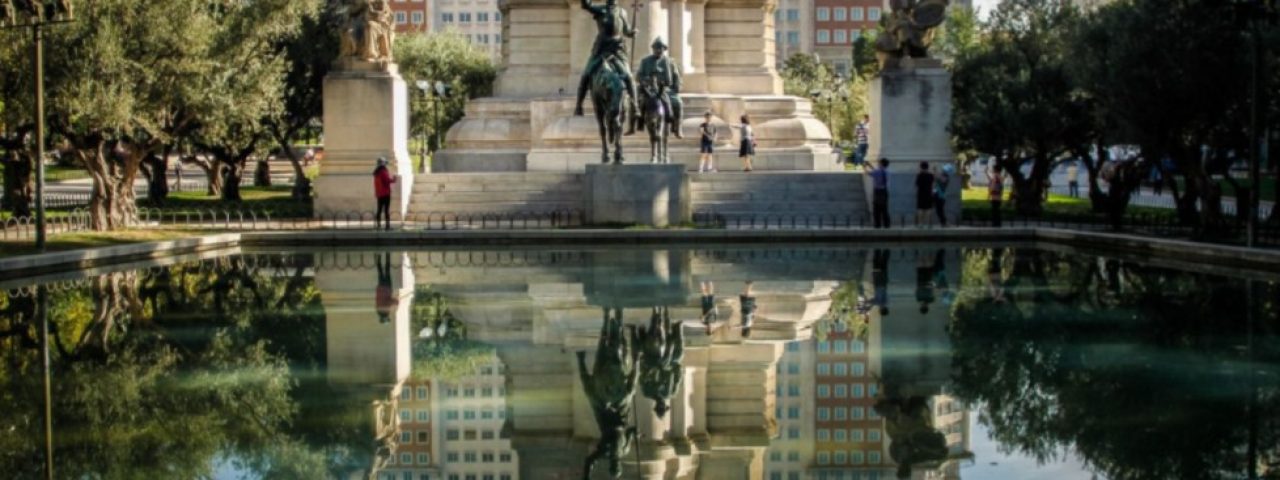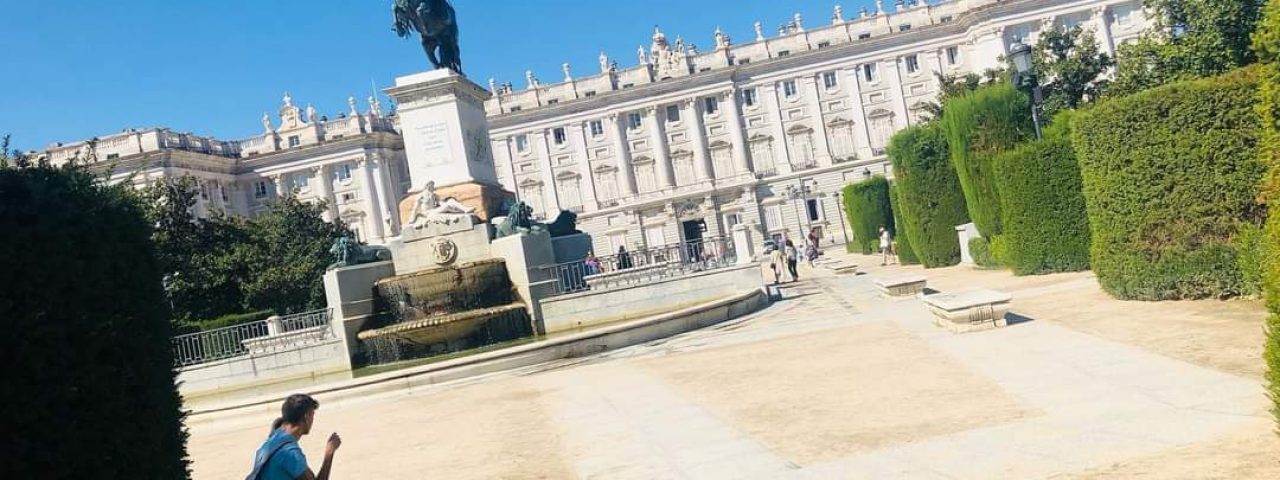:::::Quick Overview:::::
The Province of Madrid, with the capital city of Madrid at its heart, is a vibrant hub for tourism, culture, business, and international events. As the political, economic, and cultural center of Spain, it offers a dynamic blend of old-world charm and modern convenience. Its rich artistic heritage, energetic nightlife, and world-renowned gastronomy attract millions of tourists each year, while its cutting-edge infrastructure and versatile venues make it a prime destination for global events and conferences.
Event organizers will find a well-connected and cosmopolitan region that offers an array of high-end hotels, world-class convention centers, and unique venues ranging from historic palaces to rooftop terraces with panoramic city views. Madrid is also home to a highly developed service industry, a welcoming multilingual population, and a favorable climate, making event planning seamless and enjoyable.
For tourists, the Province of Madrid presents a rich tapestry of experiences — from flamenco shows and historic neighborhoods to upscale shopping, relaxing parks, and excursions to charming nearby towns. Whether you’re an art lover, foodie, history enthusiast, or entrepreneur, Madrid promises an unforgettable visit.
:::::Geographical Location and Climate:::::
Located in the heart of Spain, the Province of Madrid is an inland region that forms the geographic center of the Iberian Peninsula. It is entirely landlocked and bordered by the provinces of Segovia, Guadalajara, Cuenca, Toledo, and Ávila. The province is set on a high plateau, with the city of Madrid situated at approximately 650 meters (2,130 feet) above sea level. The Sierra de Guadarrama mountain range, part of the Central System, lies to the north and offers excellent opportunities for hiking and winter sports.
The Manzanares and Jarama rivers traverse the region, adding scenic variety to the landscape. Madrid’s location makes it a strategic point for travel, with major cities like Toledo and Segovia just an hour away, ideal for day trips or extended tours through central Spain.
The province experiences a Mediterranean climate with continental influences. Summers are hot and dry, with temperatures often exceeding 35°C (95°F), while winters can be cold, especially in the mountains, with occasional snow. Spring (April to June) and autumn (September to November) are the most pleasant times to visit, offering mild temperatures and clear skies, ideal for outdoor events and exploration.
:::::History and Culture:::::
The history of the Province of Madrid is as rich as it is diverse. Originally inhabited by Celtiberians, the area later came under Roman control, followed by centuries of Visigoth and Moorish rule. The city of Madrid was officially founded in the 9th century by the Moors, who built a fortress on the site where the Royal Palace now stands. It wasn’t until the 16th century, under King Philip II, that Madrid became the capital of Spain, a status that transformed the city into a political and cultural powerhouse.
Throughout the centuries, Madrid has played a central role in Spanish history, from the Golden Age of literature and the courtly grandeur of the Habsburgs to the Spanish Civil War and the democratic transition in the late 20th century. This historical layering is visible in its architecture, customs, and cultural institutions.
Culturally, the region is renowned for its deep-rooted traditions, such as the celebration of San Isidro, the patron saint of Madrid, which features traditional costumes, music, and open-air festivities. Flamenco, while more prominent in Andalusia, also has a strong presence in Madrid, especially in its famed tablaos (flamenco venues). Art, theater, and literature continue to flourish, with Madrid being home to legendary writers like Cervantes and Lope de Vega.
:::::Architecture and Attractions:::::
Madrid’s architectural landscape is a compelling mix of historical splendor and modern innovation. The city’s center showcases classical Spanish architecture, including Baroque, Habsburg, and Neoclassical styles, most evident in landmarks such as the Royal Palace, Almudena Cathedral, and Plaza Mayor. The Gran Vía, a major thoroughfare, is famous for its early 20th-century Art Deco and Beaux-Arts buildings, often referred to as Madrid’s Broadway.
The Province of Madrid boasts a wealth of attractions. The world-famous “Golden Triangle of Art” — consisting of the Prado Museum, Reina Sofía Museum, and Thyssen-Bornemisza Museum — holds masterpieces by Goya, Velázquez, Picasso, and Dalí. Retiro Park offers a peaceful escape in the city center, while the Temple of Debod (an ancient Egyptian temple gifted to Spain) provides one of the best sunset views in the city.
Outside the capital, the town of Alcalá de Henares — a UNESCO World Heritage Site and the birthplace of Cervantes — offers beautifully preserved Renaissance architecture and a strong literary legacy. The Escorial Monastery, another UNESCO site, reflects the religious and political power of Spain’s past monarchs and is a must-visit for history lovers.
:::::Economy and Key Industries:::::
The Province of Madrid has one of the most diversified and robust economies in Spain. It serves as the headquarters for numerous multinational corporations and banks, making it the financial capital of the country. The services sector dominates, particularly in finance, telecommunications, media, and real estate.
Tourism plays a crucial role in the local economy, generating significant employment and revenue. Events, trade fairs, and international conferences are frequent, supported by venues like IFEMA Madrid, one of Europe’s largest exhibition centers. Additionally, the province hosts a growing number of startups and technology firms, particularly in the fields of AI, software development, and green tech.
Local crafts and products include high-quality leather goods, artisan sweets like turrón and churros, and traditional wines and liqueurs from the Madrid Wine Route. The surrounding countryside also contributes with agriculture — especially olives, grapes, and cereals — which supports a small but significant agro-industrial sector.
:::::Local Cuisine:::::
Madrid’s culinary scene is a rich reflection of its history and diversity. Traditional dishes include cocido madrileño (a hearty chickpea stew with meat and vegetables), callos a la madrileña (tripe stew), and bocadillo de calamares (fried squid sandwich), a favorite in bars around Plaza Mayor. Tapas culture thrives here, with endless bars and tabernas offering small plates ranging from Spanish omelette to Iberian ham.
The province also boasts a cosmopolitan food scene, with Michelin-starred restaurants, international fusion eateries, and trendy food markets like Mercado de San Miguel, Platea Madrid, and Mercado de San Ildefonso. For those seeking traditional experiences, tabernas castizas (classic taverns) serve age-old recipes alongside local wines and vermouth.
Food festivals, such as Gastrofestival Madrid and Tapapiés, celebrate both traditional and avant-garde cuisine. These events attract foodies from around the world and are ideal opportunities for culinary tourism and event hosting.
:::::Transportation and Accessibility:::::
The Province of Madrid is exceptionally well-connected both domestically and internationally. Madrid-Barajas Adolfo Suárez International Airport is one of Europe’s busiest, offering direct flights to major global destinations. The capital is also a major rail hub, with high-speed AVE trains linking Madrid to Barcelona, Seville, Valencia, and other Spanish cities in under three hours.
Public transportation within Madrid and its surrounding towns is extensive and efficient. The Madrid Metro is one of the largest in Europe, complemented by an integrated network of buses, commuter trains (Cercanías), and trams. For visitors, the Madrid Travel Card offers easy access to all public transport options.
Mobility is a strong point for event organizers and tourists alike. The city is walkable, and alternative transport like e-scooters, bikes, and car-sharing services are widely available. Highway access is also excellent, making regional travel convenient and fast.
:::::Event Opportunities and Venues:::::
Madrid is a premier destination for hosting international events, conferences, and festivals. The IFEMA Madrid complex hosts major events such as FITUR (the International Tourism Fair) and ARCO (the Contemporary Art Fair), drawing thousands of professionals and visitors. The city also offers iconic venues like the Royal Theatre, Palacio de Cibeles, and Matadero Madrid — a cultural complex ideal for creative and artistic events.
Outdoor spaces such as Retiro Park, Casa de Campo, and Madrid Río provide scenic settings for concerts, food festivals, and open-air exhibitions. The Santiago Bernabéu and Civitas Metropolitano stadiums are also used for large-scale events beyond football, including concerts and corporate gatherings.
High-end hotels like the Mandarin Oriental Ritz, Four Seasons Madrid, and the historic Westin Palace offer luxurious accommodations and meeting facilities for VIP clients and delegates. With a full spectrum of spaces — from avant-garde rooftops to medieval castles in surrounding towns — the Province of Madrid is uniquely equipped to accommodate events of any scale.
:::::Population and Demographics:::::
The Province of Madrid is home to over 6.7 million people, making it the most populous province in Spain. The capital city itself accounts for approximately 3.3 million residents. The population is diverse and cosmopolitan, reflecting decades of domestic and international migration. Large communities of Latin Americans, North Africans, Asians, and Europeans contribute to its multicultural character.
Madrid also has a relatively young population compared to other European capitals, with a large percentage under the age of 40. This youthful energy fuels innovation, nightlife, and cultural vibrancy. The province is a magnet for students, expats, and professionals, thanks to its universities, job opportunities, and high quality of life.
In recent years, there has been a trend toward urban expansion into surrounding municipalities such as Alcalá de Henares, Getafe, and Móstoles, where modern housing developments and business parks continue to grow.
:::::Current Trends or Developments:::::
The Province of Madrid is experiencing a phase of dynamic growth and modernization. Major infrastructure projects include the expansion of the metro network, improvements to the airport terminals, and new high-speed rail connections. The city’s urban renewal efforts have transformed former industrial zones into cultural and green spaces, such as Madrid Río and the Paseo Verde del Suroeste.
Digital innovation is also at the forefront, with the city pushing forward smart city initiatives, sustainable mobility plans, and green energy transitions. The public bike-sharing system (BiciMAD) and growing network of electric vehicle charging stations are examples of Madrid’s eco-conscious efforts.
Culturally, the city continues to promote itself as a global art and fashion capital, with initiatives like Madrid Capital de Moda and support for contemporary art centers like La Casa Encendida. These trends position the Province of Madrid not only as a travel and event destination but also as a forward-thinking, livable metropolis ready to embrace the future.
- Alcalá de Henares
- Alcobendas
- Alcorcón
- Algete
- Alpedrete
- Aranjuez
- Arroyomolinos
- Boadilla del Monte
- Brunete
- Ciempozuelos
- Collado-Villalba
- Colmenar Viejo
- Colmenarejo
- Daganzo de Arriba
- El Álamo
- El Escorial
- El Molar
- Fuenlabrada
- Galapagar
- Getafe
- Griñón
- Guadarrama
- Hoyo de Manzanares
- Humanes de Madrid
- Las Rozas de Madrid
- Leganés
- Loeches
- Majadahonda
- Manzanares el Real
- Meco
- Mejorada del Campo
- Moralzarzal
- Móstoles
- Navalcarnero
- Paracuellos de Jarama
- Parla
- Pinto
- San Agustín de Guadalix
- San Fernando de Henares
- San Lorenzo de El Escorial
- San Martín de la Vega
- San Martín de Valdeiglesias
- San Sebastián de los Reyes
- Sevilla La Nueva
- Torrejón de Ardoz
- Torrejón de la Calzada
- Torrelodones
- Vaciamadrid
- Valdemorillo
- Valdemoro
- Velilla de San Antonio
- Villalbilla
- Villanueva de la Cañada
- Villanueva del Pardillo
- Villaviciosa de Odón
